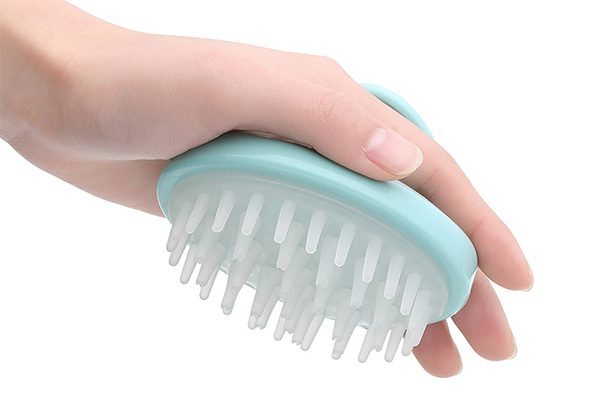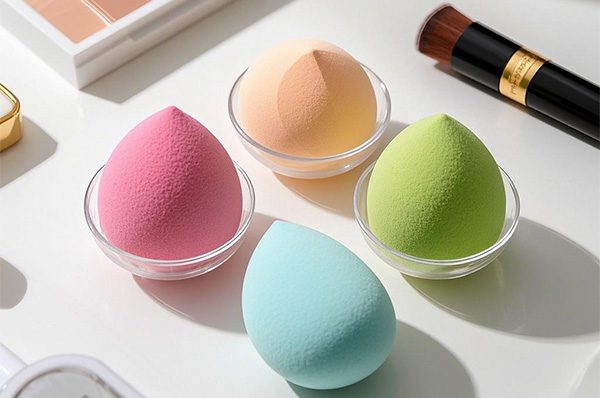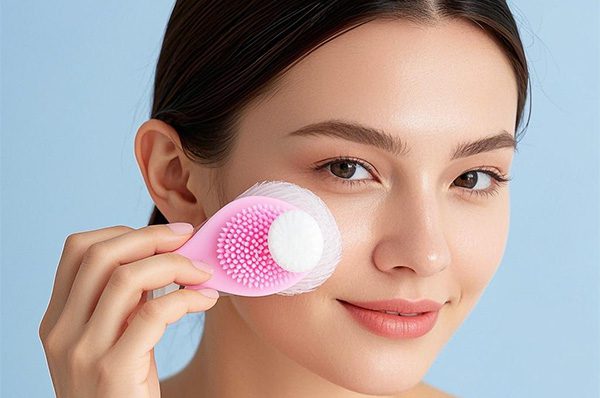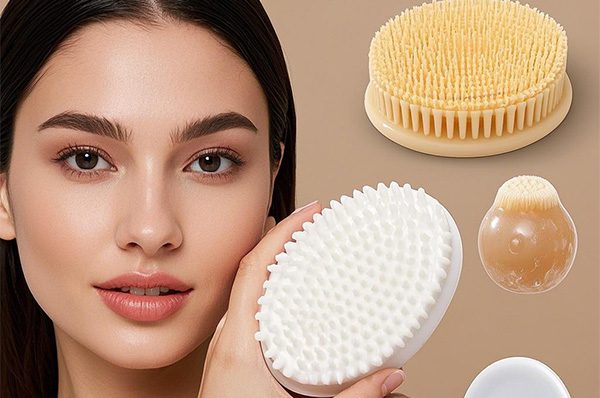- Have any questions?
- +86 19574832024
- admin@beaut-lohas.com
In recent years, the market for personal care products has witnessed remarkable growth and diversification, and silicone scalp brushes have emerged as a notable item within this realm. With increasing consumer awareness regarding hair and scalp health, these brushes have been gaining significant traction and are expected to experience further evolution in the coming years.
Current Market Situation
Silicone scalp brushes have gradually become popular among consumers due to their unique advantages. They are made from soft and flexible silicone materials, which make them gentle on the scalp compared to traditional hard plastic or wooden brushes. In the current market, they can be found in various retail channels, with e-commerce platforms playing a dominant role. Online shopping allows consumers to easily access a wide range of products from different brands, compare features, prices, and read customer reviews before making a purchase decision.
Moreover, these brushes have also started to appear in physical stores such as beauty supply stores and supermarket personal care sections. This dual-channel presence has contributed to a broader consumer base and increased market penetration.
Market Development Trends
Function Diversification
The functionality of silicone scalp brushes is constantly expanding. Initially, they were mainly used for basic scalp massage and hair detangling during the shampooing process. However, nowadays, many manufacturers are integrating additional features. For example, some brushes are equipped with innovative massage nodes that can provide more targeted and intense massage to specific acupoints on the scalp, which not only helps relieve stress but also promotes better blood circulation in the scalp. In the future, we can anticipate the integration of advanced technologies like infrared therapy or ionic functions. Infrared could potentially enhance the therapeutic effect on the scalp by improving cell metabolism, while ionic technology might help to smooth the hair cuticles and make the hair look shinier and healthier.
Material and Design Optimization
The quality of silicone materials used in these brushes is undergoing continuous improvement. Manufacturers are focusing on selecting high-quality, eco-friendly, and durable silicone that maintains its elasticity and shape over time. In terms of design, ergonomic handles are becoming more prevalent to ensure a comfortable grip during use, reducing hand fatigue. Additionally, the appearance of the brushes is evolving to be more aesthetically pleasing, with sleek and modern designs that can blend well with different bathroom decors. This combination of functional and visual appeal is likely to attract more consumers who value both practicality and style.
Brand Competition and Market Concentration
As the market for silicone scalp brushes expands, more and more brands are entering the fray. Well-established personal care brands are leveraging their R&D capabilities, brand reputation, and marketing resources to capture a larger market share. They invest heavily in product innovation and advertising to differentiate themselves from competitors. Meanwhile, smaller brands are trying to carve out a niche by targeting specific customer segments or offering cost-effective products. In the long run, market concentration may occur, with leading brands solidifying their positions through continuous innovation and resource integration, which will also drive the improvement of industry standards.
Future New Changes
Intelligent Integration
The future of silicone scalp brushes will likely see a significant shift towards intelligent features. They could be connected to mobile apps, enabling users to customize massage settings according to their preferences, such as adjusting the intensity and duration of the massage. The app could also track the user’s scalp health data over time, such as the level of oiliness, dryness, or any signs of scalp problems. Based on this data, personalized scalp care recommendations could be provided, helping users maintain optimal scalp health.
Sustainable Development
With growing environmental concerns globally, the production of silicone scalp brushes will need to adapt to more sustainable practices. Manufacturers may start using recyclable and biodegradable silicone materials or adopt greener manufacturing processes to reduce their environmental footprint. Packaging will also become more eco-friendly, with a reduction in plastic usage and an emphasis on recyclable materials, aligning with the preferences of environmentally conscious consumers.
Cross-Industry Collaboration
Silicone scalp brushes have the potential to collaborate with other industries to create new growth opportunities. For example, partnerships with professional hair salons or scalp care clinics could lead to the development of exclusive products or services. These brushes could be recommended by professionals as part of a comprehensive scalp care regimen, enhancing their credibility and appeal. Collaborations with lifestyle or fashion brands could also result in co-branded products that target a wider consumer audience and expand the market further.
In conclusion, the market for silicone scalp brushes is on an upward trajectory, with continuous trends towards functionality enhancement, material and design improvement, and increased brand competition. The future holds exciting possibilities with the integration of intelligent features, a focus on sustainability, and opportunities for cross-industry collaboration, all of which will contribute to a more vibrant and innovative market for these useful personal care products.




